In most of the U.S. spring migration is at its peak in the month of May. Additionally as the breeding season nears or begins, hormones are building in both migrants and residents and birds are active and singing making them easier for birders to find. Consequentially, this generally means more birders are active in the field and more birds are reported on listservs and on Ebird. By the science or by the numbers, it is pretty hard to beat May as the month to find the greatest numbers of species in most of North America.
Such has certainly been the case for me in my home state of Washington as (omitting 2019 when I was away from home most of the month on my 50/50/50 adventure) I have averaged 181 species seen with a high of 224 in 2013. Additionally with the exception of years when I was doing a big month (January in 2018 and February this year) it has been my most active month with non-local trips averaging over 10 that month. Non-local being defined as trips of over 100 miles. There has always been additional birding at local parks hoping for another new arrival. All told in May over the past 8 years, I have seen 296 species in Washington. I haven’t checked to confirm it, but I expect that I have not seen as many in any other month.
This May has been very different as much of my time and energy has been consumed by changes in my personal life – purchasing a new home with Cindy, moving from the old place to the new one and getting the old one ready to sell. This has also involved endless paperwork for financing. Then there was the change of tenants in a rental property and, oh yeah, getting engaged and starting plans for a late August wedding and celebrating the news with friends, Cindy and I have been very busy. Our new home has a killer view of Puget Sound and some of the Edmonds waterfront, so I have been watching for birds trying to build a “home list” which now stands at 25 species, but unlike years past, almost all of my birding has been in short stints (and that word will take on great meaning later) at nearby parks. The only exceptions have been a long trip to Eastern Washington with beginning birder friend Jerry Sale on May 6, a trip to Fir Island to test a new camera and then a trip to Northeastern Snohomish County looking for the newly arrived, and returning, American Redstart which grew into a longer trip when Steve Pink showed up at the Redstart spot and then we hit a number of other locations looking for specialty County birds. That day was great until a major disappointment at the end which will be detailed with a postscript later.
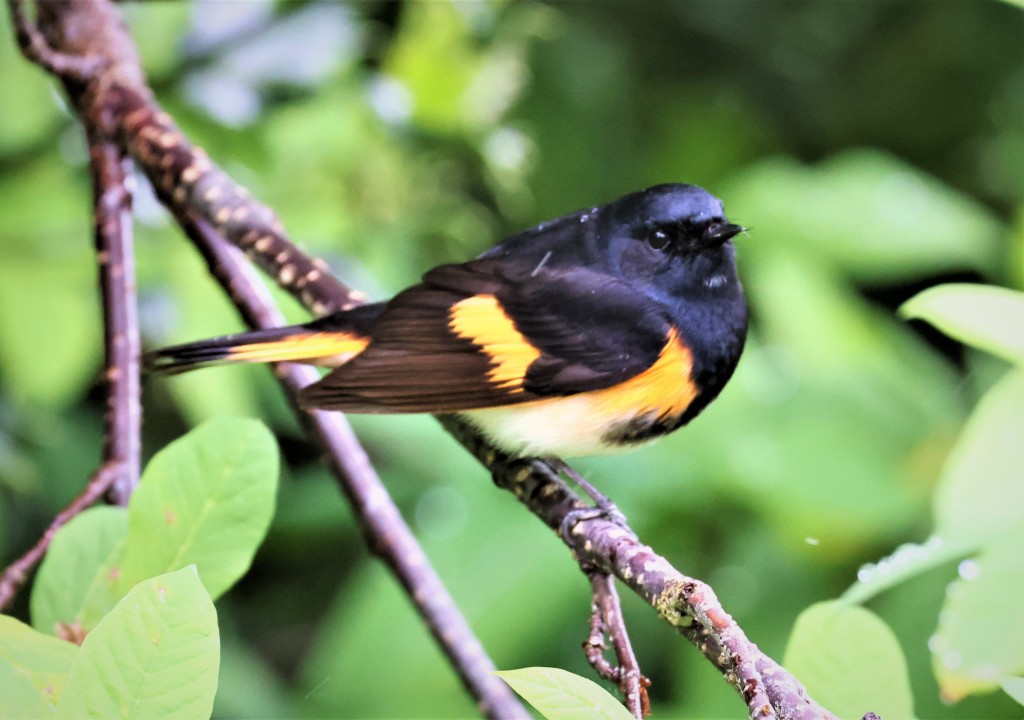
So far this May I have seen only 127 species year. Not bad for only a few trips, but so many favorite species and favorite places to go have not been experienced this year. There are still a few days left so maybe there will be one more trip, but this year has had and will continue to have additional priorities – I did mention the move and the engagement, right – but especially with the removal of so much Covid-19 angst and restriction, it feels odd not to have been out more. Still lots of highlights including a very special one. Those highlights are what follows.
May 6 – Birding with Jerry Sale. Jerry and Rachel and Paul and Sarah – friends I have inherited through Cindy. Two sisters and their spouses who are intelligent, interesting and fun. We had planned a joint visit to Semiahmoo resort in Blaine County last year before Covid changed everything. Part of that visit was for me to introduce them to the world of birding just as I had done with Cindy the year before when she discovered Black Oystercatchers and Harlequin Ducks and began to understand the quirky hobby of the guy she had recently just met. That trip may still happen someday, but in the interim Jerry had taken some online birding classes through Seattle Audubon with Connie Sidles and was developing an interest. We found a convenient time and headed off to Eastern Washington on May 6th. I hoped it would be a trip that would include new birds for me, visits to familiar places and a chance for Jerry not only to see new species and new places but also to maybe develop his own interest for more.
Repeating an itinerary I have done many times, alone and leading field trips, our first stop was at a home at Snoqualmie Pass that has numerous Hummingbird feeders. It was a gray cool morning, but the hummers did not disappoint as we had at least 10 Rufous Hummingbirds putting on a show. I could not find a MacGillivray’s Warbler in the nearby thicket, but a flock of 7 Evening Grosbeaks was a treat and a new species for Jerry.
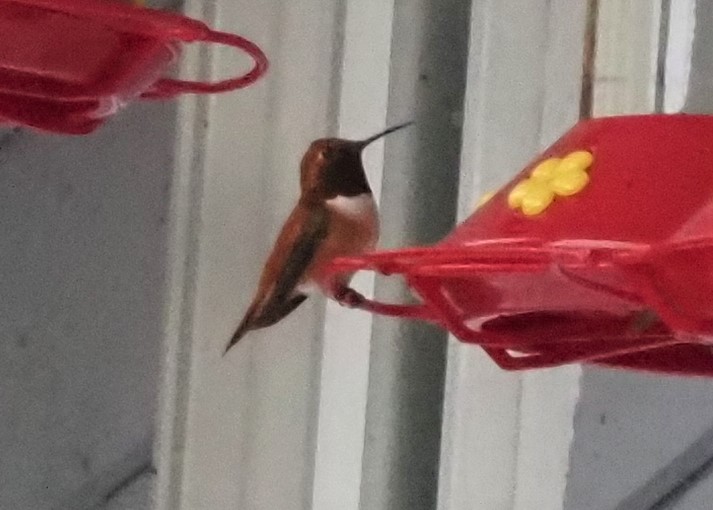
Our next stop was Bullfrog Pond in Kittitas County just west of Cle Elum. The birds were there, singing and calling, but much less responsive, active and visible than usual. Jerry got a chance to hear new birds, but there were too few visuals of MacGillivray’s and Nashville Warblers and Warbling and Cassin’s Vireos – all FOY’s for me. The pattern held at Wood Duck Road as well where the highlight was a couple of singing Cassin’s Finches and a Western Bluebird in continuing gray light. Visuals and numbers were a little better at the Northern Pacific Railroad Ponds in South Cle Elum where the always reliable Pygmy Nuthatches came in close and some perching Northern Rough Winged Swallows provided a good chance for Jerry to expand his birding skills.
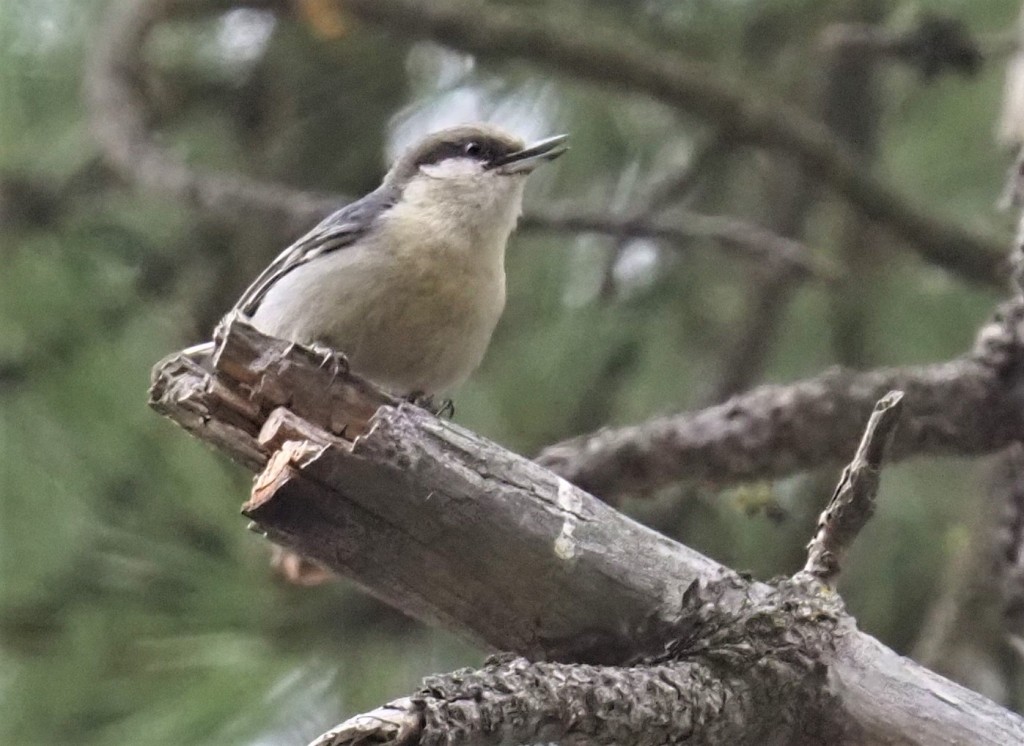

Again following old patterns we ventured on to Umptanum Road out of Ellensburg. A first visit to the sage/shrub/steppe habitat is always fun with new birders – especially when Bluebirds – both Western and Mountain cooperate. The latter seemed to be at every nest box paired up and undoubtedly on eggs. The electric blue Mountain Bluebirds – at least 10 – were the hit of the visit. Also enjoyed were the songs of the Western Meadowlarks and Brewer’s Sparrows.
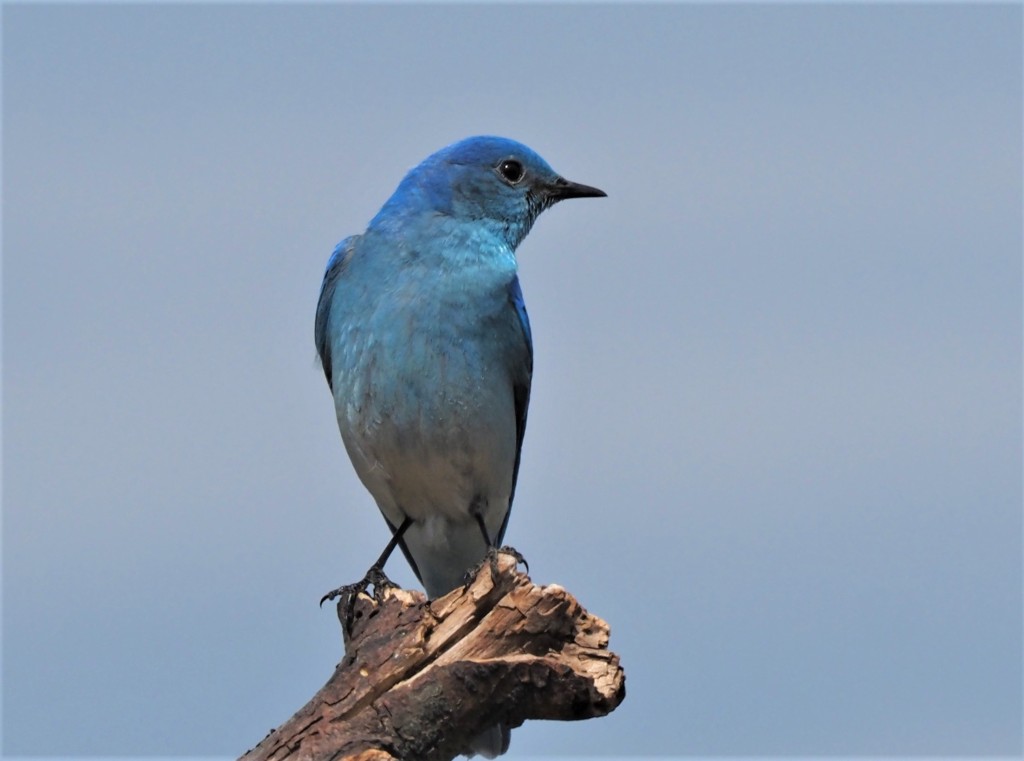
Just as we were leaving the sage area on Umptanum Road we had the first of many Western Kingbirds for the trip. It was already my ninth new species for 2021 on the trip.

Normally we would have birded along Old Vantage Highway heading to the Columbia River, but since we had already seen or at least heard a number of sage species and there were lots of other options for us, we headed instead for Grant County and to Frenchman Coulee – always an impressive place regardless of birds. Just before arriving there, we stopped at the larger pond on Silica Road and in addition to Bank Swallows and Jerry’s first Yellowheaded Blackbird, we had one of the best birds of the trip – an adult Black Crowned Night Heron. They are infrequently seen there. We also had a pair of Cinnamon Teal. Unfortunately the Night Heron flew off quickly – so no photo.

Frenchman Coulee never disappoints for scenery and usually not for birds. It is one of the best places in Washington to find White Throated Swifts and is often good for both Rock and Canyon Wrens in addition to many swallows. We only saw a single White Throated Swift but had many close if quick looks as the aptly named bird flew directly and swiftly overhead. Lots of Violet Green and Northern Rough Winged Swallows made for good comparisons and a Rock Wren called on nearby rocks not far from where rock climbers were testing their skills on the spires.
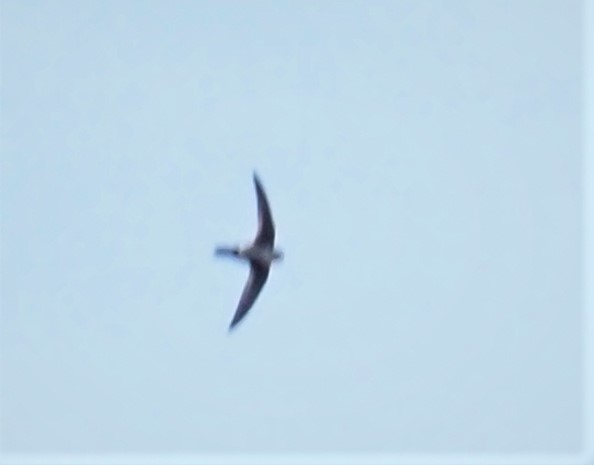
I had been there in April, but felt that a visit to the County Line Ponds in Grant County was a must for Jerry and I was especially hoping that we might see some phalaropes. It was a good decision as there were at least 20 Black Necked Stilts, 4 American Avocets and 7 Wilson’s Phalaropes, the latter doing their circle dances as they fed. There was also a distant FOY Blue Winged Teal.



We had even more Stilts and Avocets at Para Ponds in addition to many Yellowheaded Blackbirds but had no luck on hoped for Tricolored Blackbirds. A bit of a surprise was a Dunlin in full breeding plumage that was hanging around with a small group of Least Sandpipers and some Long Billed Dowitchers. Additional firsts for Jerry were a Great Egret and a male Northern Harrier.
I had one more hoped for First of Year target – a Forster’s Tern – expected at Potholes Reservoir. As soon as we arrived at the boat launch at Potholes State Park, we saw several Forster’s Terns fishing close by. There were also many Western Grebes and they were to provide us with the best experience of the day as we watched two of them begin a courtship ritual culminating in their spectacular running/dancing on the water – only the second time I have seen that except in videos. I did not check out each grebe but expect there were probably some Clark’s mixed in with the 70 plus Westerns.


We failed to find a Burrowing Owl but were more than pleased with the 90 species we saw for the day knowing that we could have added more if that had been the objective. I don’t know if Jerry will further engage with birding, but we had a good time and were still on speaking terms at the end of a very long day.
Over the next two weeks I made a few brief trips to local parks and added a few birds to the year list but nothing of note. Time was mostly consumed working on the aforementioned real estate transactions and the related moves – an exhausting project that left no time nor energy for distant birding trips despite seeing reports daily of newly arriving birds. On May 20th I got word that a new camera and lens that I had on back order for more than a month had arrived. I had seen the Canon R5 and accompanying 100mm-500 mm lens in action in Arizona and had been very impressed, and reading reviews sold me on getting one. But that was before the major financial commitment for the new condo. Cindy talked me into going forward anyhow, so I picked it up and the next day headed to Wylie Slough to try it out knowing I could return it if not pleased. It was a bright day and some birds cooperated. These are the photos that convinced me to keep it, happily.



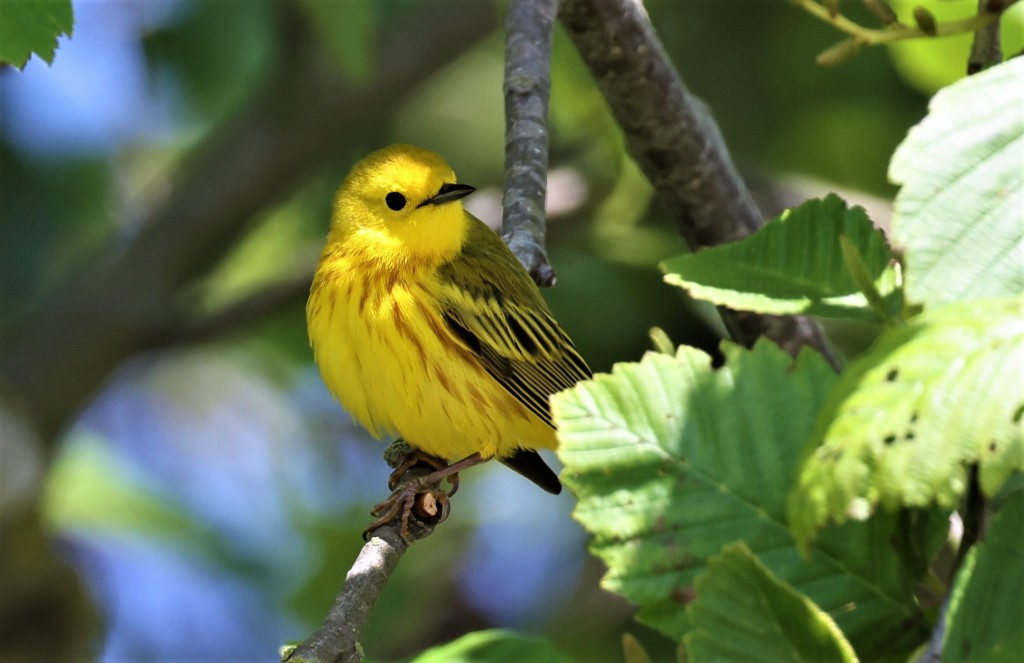
May 24th – Snohomish County Regular “Rarities” – My new camera/lens set up is much heavier than the Olympus that I had been using but I loved the ease of focus and the image density with a 48 megapixel full frame sensor. It has gotten a couple more tests and is definitely a keeper. We finished the move over the following weekend and by Monday I both wanted and needed to get out even though there was rain and cloudy skies in the forecast. The main draw was the aforementioned American Redstarts that have been returning to a favored spot on the Oso Loop Road just off Highway 530 west of Arlington. Redstarts are common Eastern warblers but are found in only a few places in Washington. This would be my 5th year in a row seeing them at this spot. I heard one singing as soon as I arrived and after a short wait got a great visual and some photos. I thought I might have heard a second male, but was never sure. I did get a quick look at a female as well. I also heard my FOY Western Wood Pewee and both Yellow and Wilson’s Warblers.
Not long after I arrived another car pulled up – probably another birder. It was Steve Pink, a birding friend from Edmonds who knows Snohomish County as well as anyone. I quickly got the Redstart to come in for a nice view and we spent the next half hour enjoying the birds there including the species mentioned before, a Red Breasted Sapsucker, Swainson’s Thrush, Cedar Waxwings, a Bullock’s Oriole (FOY), and Black Headed Grosbeaks among others. We then walked up to the river and had a pair of Western Tanagers (FOY) and a pair of Common Mergansers. Light rain fell and the light was awful, so it was a good, and I felt successful, challenge for my new camera.
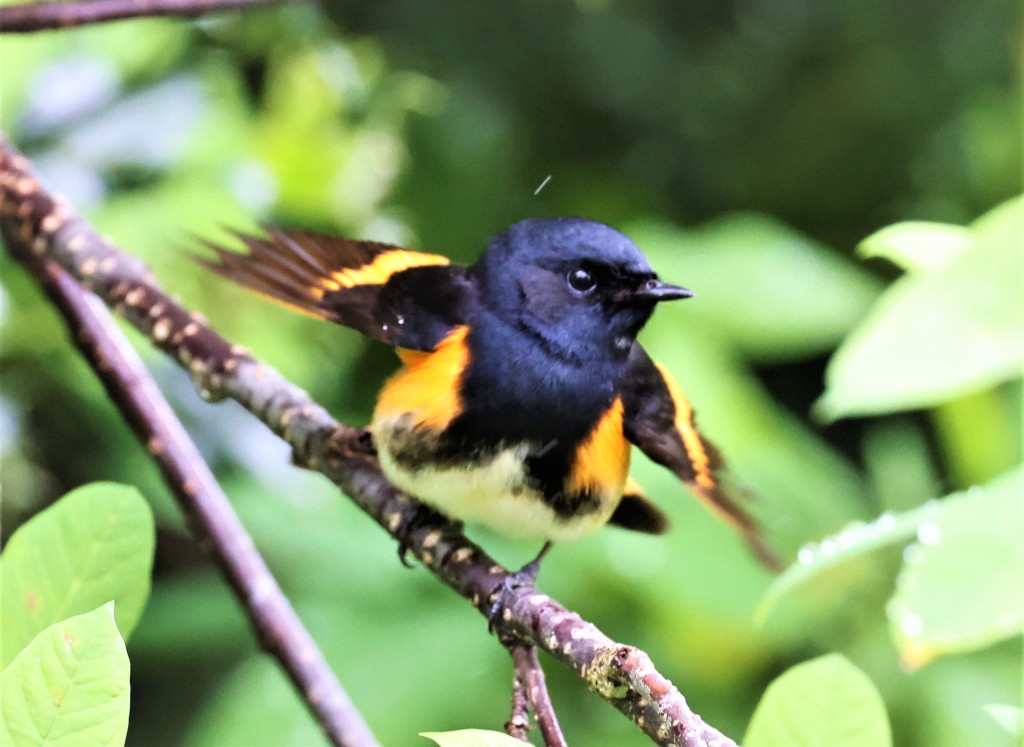





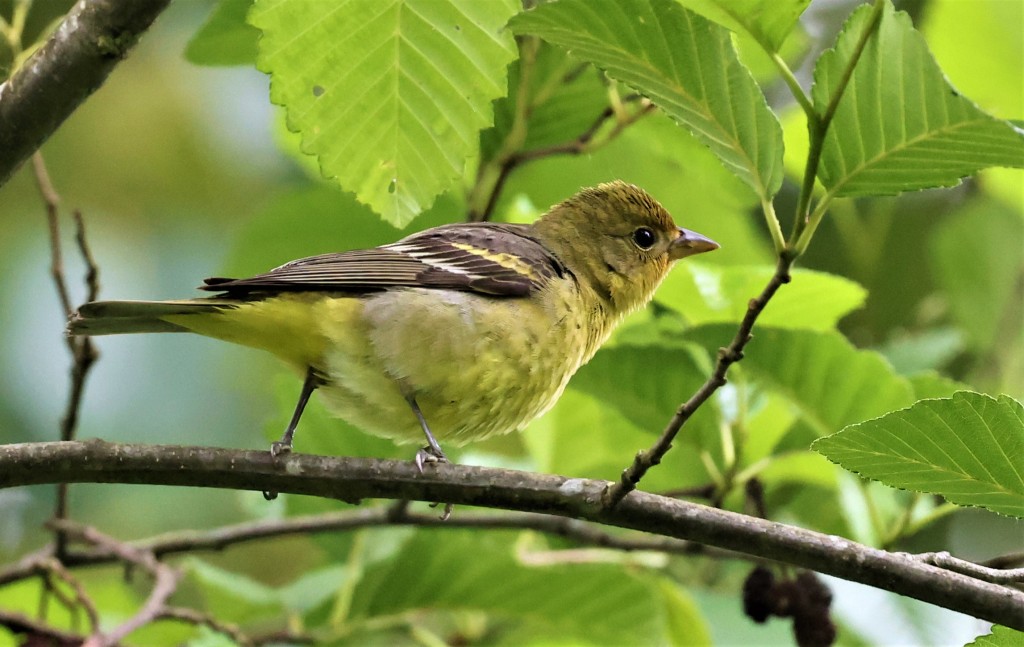
Due to Covid restraints, I had not birded with local friends in a long while and it was great to visit with Steve. We decided to continue on to other Snohomish County hotspots, known well by him. The first was near the Whitehorse Trail where Red Eyed Vireos can be found. Like the Redstart, this vireo is abundant in the East but rare and localized in Washington. We heard its song as soon as we arrived and eventually got good visuals and photo opportunities – another First of Year bird for me. Once again the light was low and I was pleased with the new camera and lens.
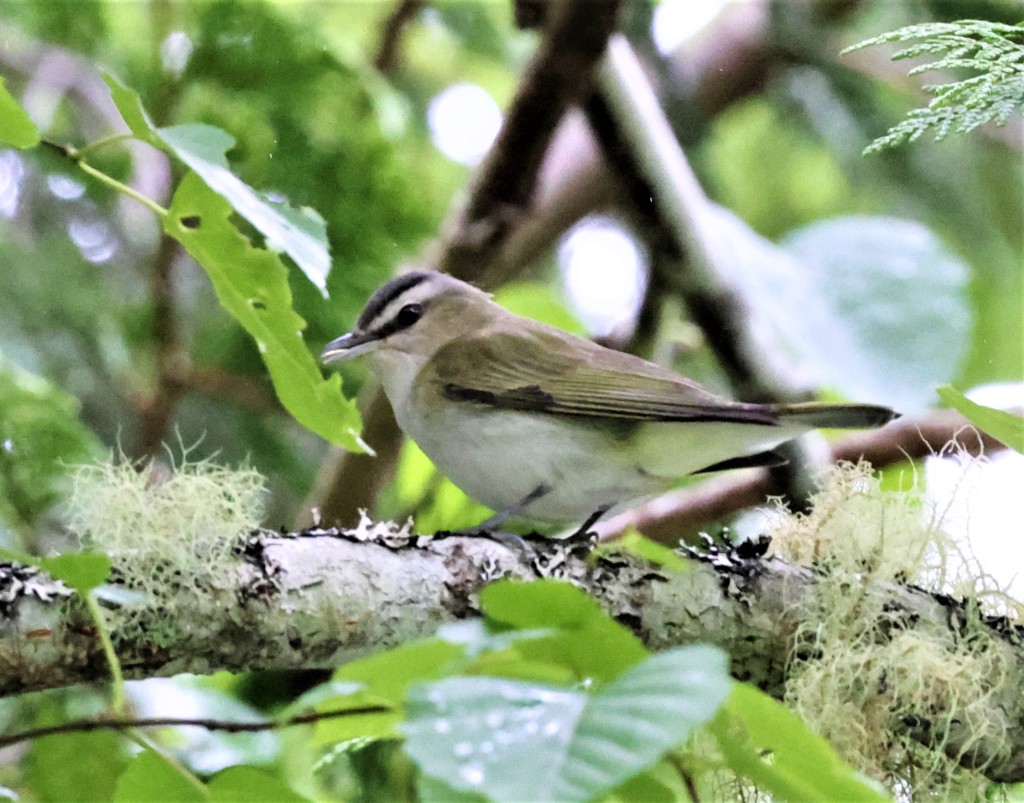
Steve had another Snohomish County hotspot in mind – Whitehorse Park – where we immediately found Chipping Sparrows – also uncommon in this area and also had a singing Black Throated Gray Warbler as well as a kettle of Turkey Vultures and another Red Breasted Sapsucker. The warbler was another test for the camera as the light was awful. Several runs through editing produced an acceptable photo – made possible by the density of the captured image.
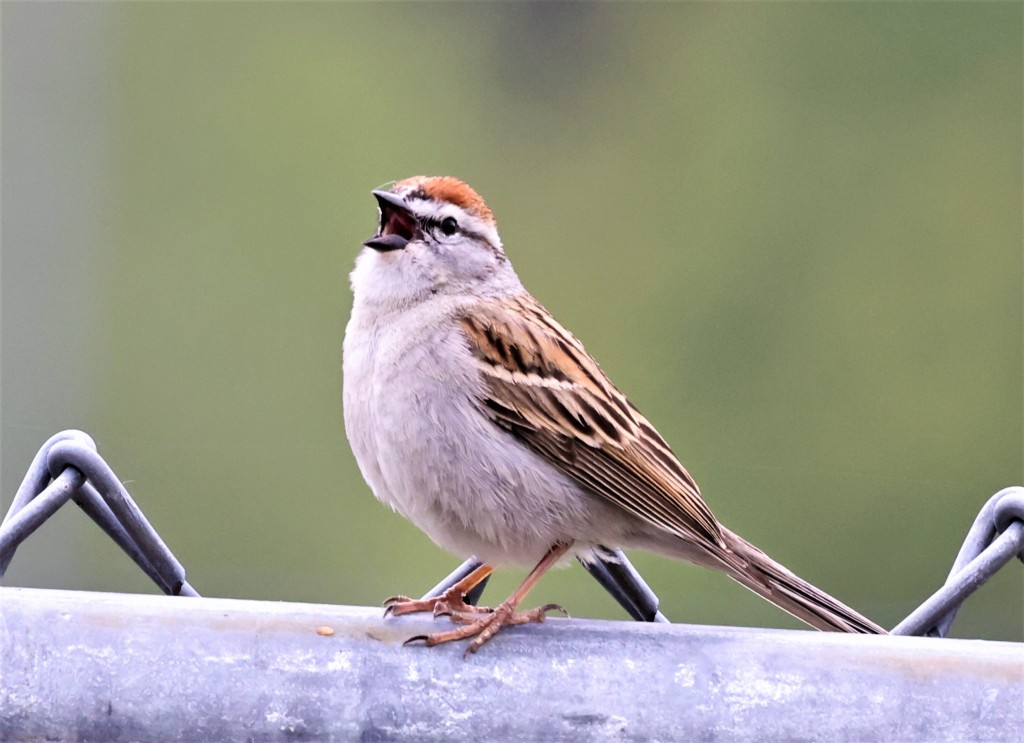

While we were out, Steve got a text from David Poortinga that a Little Stint had been reported at Eide Road in Stanwood, about an hour away. It was originally found by Mitchell von Rotz. The tide did not look promising but we had to give it a go. Little Stints are northern Eurasian sandpipers that winter in Africa and are very rare in the U.S. This was only the third or fourth record for Washington. I had chased it twice before without success in Washington although I had seen them in Kenya, India and South Africa. We had to try. When we arrived the water was pretty high. We found some Western Sandpipers but unlike earlier in the day when Westerns were accompanied by the Stint, this was not then the case. After a couple of hours, we left. Several hours later I got word that the Stint had been relocated as the tide retreated. Well it had been a good day until then. I was ready to put Little Stint into the “nemesis” column.
May 25th – The Rally – After missing the Little Stint on the 24th and hearing it was seen later, I figured I would try again on the 25th but the question was “when”. There was an early morning report that it was seen in a different area – far out from the end of the gravel trail. As an important part of our move, I had to take things from our old storage area into our new one. This meant dismantling and then reassembling storage racks. I thought I had made great progress on them on the 23rd and 24th and it would be a simple matter to finish the last one on the 25th. Such was definitely NOT the case, as in order to get the shelving onto the frame, I had to undo much of the earlier work. Frustrated by that, I miscounted the “holes” where the supports had to go and the shelving was therefore misaligned. This meant more backtracking and more frustration which was made worse as I saw the opportunity to go for the Stint (an hour away) disappearing. After much cursing, I put everything down (except my phone to continue to check Stint reports) and took a 30 minute “breather”.
Much more relaxed I returned to the storage room and finished my project – and it looked GREAT! Part of my relaxing had been seeing the continuing reports not only that the Stint remained but that the water level was and would continue to be very low, so the area where the Stint was being seen would not be adversely effected. At 12:10 pm I was able to head north to Eide Road/Legue Island. Traffic cooperated and I pulled in to the parking lot just after 1:00 pm and saw birders I knew leaving with triumphant smiles on their faces and encouragement to just join the others at the end of the gravel path near the bench. Others arrived and we hiked out the half mile or so to the end of the path where maybe 5 others were peering through scopes – hopefully at a Little Stint. Good birding friend Paul Baerny was there and he said he had just had it in his scope but it was moving around. Then he had again – he thought – the one that was really orange. With his help, I got my scope onto the group of sandpipers that included the Stint and looked for the orange one. The trouble was that they were really very distant and that depending on the light and their movements, many of them looked orange. Some orange ones were definitely Western Sandpipers but how about that one – or was it that other one?
Other Little Stints that have been seen in Washington (both of them) have been in non-breeding (“basic”) plumage – with orange not being an issue as they are quite brown/gray. This guy was in breeding (“alternate”) plumage which is described in the Sibley Guide as being “bright orange overall – with a white throat”. In “Shorebirds of North America, Europe and Asia” (Message and Taylor) it is described as buffy-orange with a “split supercilium effect” a white chin and throat and a “white mantle V which is prominent” which others refer to as white braces. Generally the bill of the Little Stint is shorter and straighter than that of a Western Sandpiper and more similar to that of a Semipalmated Sandpiper. Well all that might be true but for my old eyes even with a scope, I was not super confident that I could distinguish any of the field marks and more than one bird in view looked orangish. And frankly none looked “bright orange” compared to the others which seemed to be the basis of identification for most of the observers. I was pretty sure I was seeing the same bird others were identifying as the Stint, but “pretty sure” for such a rarity and a new ABA Life bird did not seem to be enough.
The Stint and the Western Sandpipers were feeding in mud between grasses on flats about 250 yards away from us. We were on a raised dike that enabled us to see over most but not all of the short grasses and the birds were actively moving making observation more challenging. The light was good but changeable making colors even harder to discern as what looked bright orange in one moment became a duller rusty brown in another. It was executive decision time. There is a crude “almost path” that leads from the end of the dike out onto the mud, or at that moment with such little water, onto a grassy barely muddy area adjoining the mud where the birds were feeding. With boots on my feet, camera and binoculars around my neck and scope over my shoulder, I scurried down the rocks adjoining our path/dike and headed west towards the muddy area where the birds were scattered, hoping for a closer and better view, a more confident identification and even possibly a photo. Almost everyone else followed.
The immediate problem was that the perspective from level ground changed dramatically and all of the logs and snags that had served as points of reference from our perched viewing station further east were no longer useful and to some degree were misleading. Where were those birds? Well it turned out they were further out than they had seemed but were actually fairly close (maybe 100 feet?) to the fringe area where we could set up our scopes. And better yet, the weather had cleared a bit and the sun was somewhat behind us and onto the shorebirds. Depending on the light and the angle of observation, more than one of them still seemed somewhat orange, but now other details were clear and one consistently did seem brighter orange than the others. And that one absolutely did have a shorter and straighter bill, and a clear white throat and chin, and a prominent white V on its mantle – the telltale white braces. There was a clearly distinguishable “split supercilium” and as per Message and Taylor its mantle and upper scapular feathers were black centered and fringed chestnut. The orangish-buff wash on the underparts were fairly restricted to the sides of the breast. There was no doubt that this was a Little Stint.

I ventured as close as I dared without a chance of disturbing it or the view of others and put the new camera to work. I was so excited I forgot to readjust the settings back to good light, so some of the photos were overexposed, but as had been the experience earlier, the focus worked great and even at that distance with a very small bird, there was sufficient digital data collected by the sensor to give me very nice photos. I finally had a Little Stint and I had good photos to prove it.



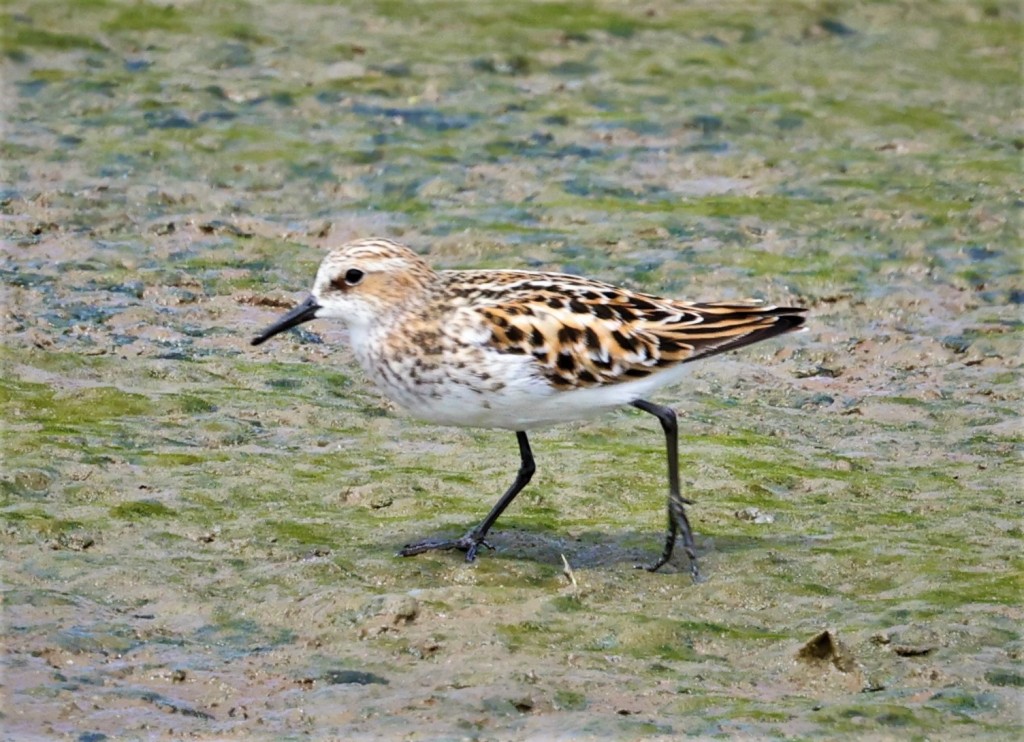
Many birders came later and saw the Stint and now seeing others out away from the gravel path, they, too, ventured forth. The Stint was seen until late on the 25th but although looked for by many excellent birders, it was not seen on the 26th or later. So I am very happy and consider myself very fortunate. I am particularly happy to have gotten a good photo. I also acknowledge that there is no way I could have identified this individual had I not known it was there and then gotten close enough for a good look. It is considered a tough ID and I can understand why, Seeing it in breeding plumage was icing on the cake. Off the nemesis list for sure.
